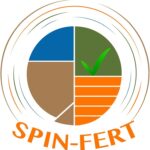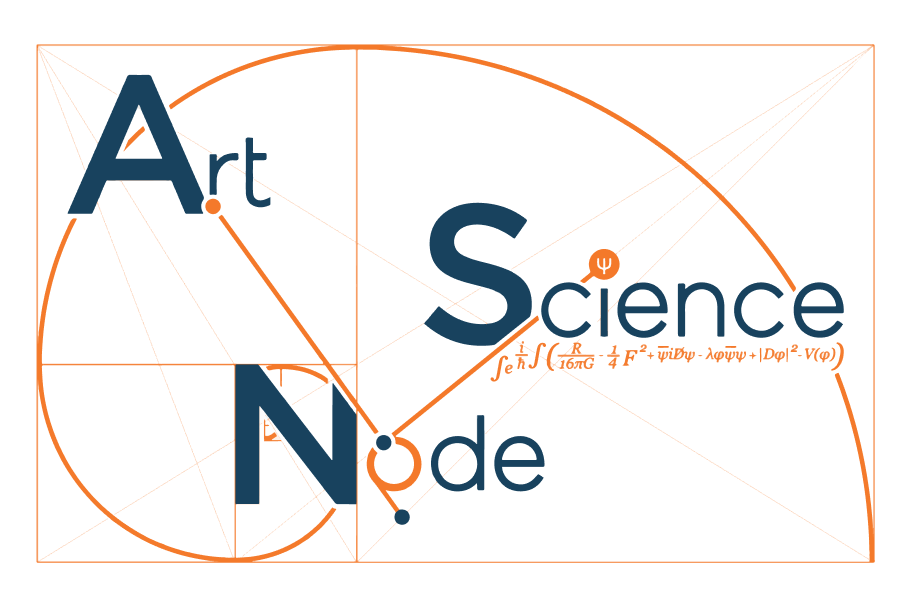

Art & Science project by Joanna Hoffmann developed with the ASN Team in the frame of the SPIN-FERT / Horizon Europe (Misson Soil) program
On 24 October 2024, the SPIN-FERT project was introduced to about 400 professional operators (farmers, agricultural advisors and researchers) during the Innovations in the Organic Horticultural Production conference at the National Institute of Horticultural Research. The on-site attendees had the opportunity to participate in the Memory Nexus artistic project, writing their memories evoked by the soil sample prepared by InHort. The memories were archived and categorized into four groups as a foundation for creating a unique RNA molecule model, which will then be printed using bio-degradable materials and buried in the soil. It is the second molecule created in the frame of an art & science project, The Breath of Soil: Memory Nexus, which delves into the intricate relationship between soil and humans. Employing the sense of smell, it explores the soil and human memory, combining scientific, societal, cultural and personal perspectives.
The structure of the Memory Molecule 02 serves as a unique interactive archive of memories and emotions their bring.
Click on the circles to uncover the lingering echoes of the past.
This composition is built upon the intricate secondary structure of RNA, which, like DNA, is composed of four essential bases: adenine, uracil, cytosine, and guanine ( denoted by the letters A, U, C and G ). Each RNA molecule folds into a unique shape, a structure dictated by the specific sequence and pairing of these bases. The resulting shape is crucial, as it determines the RNA's function within the cell.
The soil sample was prepared by scientists from InHORT based in Skierniewice, Poland. For the sample, they used compost produced with an innovative method, combining wastes from agri-food industries. In particular, it included three kinds of raw materials: i)residues from wine production (grape pomace – formed of grape skin and seeds), after the extraction of the remaining alcohol (to produce grappa, the famous Italian distillate), ii) the residues from the transformation into preservatives or frozen food of fruits (apple pomace – the peel and exhausted flesh – from the production of juices) and vegetables (tomato or other vegetable peels), and iii) the material obtained from pruning grape vines (shoots and vines). These raw materials, characterized by high quality, not containing plastics or other impurities, were processed with an innovative composting technology, allowing to transform them into a pleasantly-smelling compost.
Decay is a fundamental process in soil formation and maintenance. Organic matter, as it decomposes, provides the nutrients plants need for growth. Composting is a form of controlled decay where organic waste is managed to produce a nutrient-rich amendment for soil.
RNA: Memory Molecule 02 model
animation: Celia Robles Molina & Leo Narváez Gràcia









